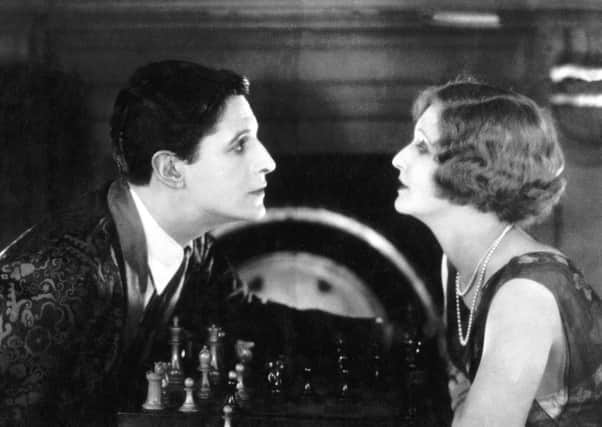Revealed: Hitchcock heroine who married into Scottish aristocracy


However, a new book has revealed that a Scottish baron married Hitchcock actress June Tripp two years before Kelly was born.
Tripp, star of 1927’s The Lodger and a popular London stage actress, married John Alan Burns – a descendant of the founder of the Cunard shipping line and 4th Baron of Inverclyde – after he divorced supermarket heiress Olivia Sainsbury.
Advertisement
Hide AdHitchcock’s Heroines, by Edinburgh author Caroline Young, reveals how the actress, a child ballet star and a protegee of Anna Pavlova, became a Scottish socialite in the early 1930s, holding parties at the Inverclyde seat at Castle Wemyss in Renfrewshire.
The couple, who married in 1929 and who were that year invited to a state dinner at the Palace of Holyroodhouse, divorced four years later.
Young said that the actress married Baron Inverclyde in a whirlwind romance but found his castle cold and draughty and did not enjoy following society protocol, saying she did not enjoy eating dinner at opposite ends of a huge dining table.
She said: “It was fascinating to read about her relationship with Inverclyde and how she was the first of Hitchcock blondes to marry into aristocracy, long before Grace Kelly.
“When Inverclyde asked June to marry him, she was seduced by the idea of him being a Mayfair man about town, and that he owned a castle in Scotland, where there would be grouse-shooting and society parties. The reality was a little different for her.
“Their 15-month relationship was fraught, and after arguments she would escape to the Grand Central Hotel in Glasgow. Eventually the clash between her past as a dancer and actress was too much and, after he chastised her for talking about being a chorus girl in front of the servants, she packed her bags and left for London early one morning.”
Advertisement
Hide AdYoung’s book tells how Tripp was recovering in Antibes in 1926 after having her appendix removed when Welsh actor Ivor Novello asked her if she would play opposite him in “an important film. No dancing required. You will act beautifully and we shall have fun.”
It was also while in the south of France that she met Inverclyde, who offered to host a party on his yacht.
Advertisement
Hide AdShe described Hitchcock as “a short, corpulent young man” who was a perfectionist, recalling how she had to carry a breakfast tray up three flights of stairs over and over again until she got the “right expression of fear with the right light and shadow”.